I often get questions from writers who have a great idea for a story, but they’re not sure how to put all these ideas together.
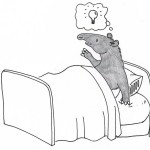 Every story needs a beginning, a middle and an end.
Every story needs a beginning, a middle and an end.
But just as important are the characters you write about.
Your story will start at the point where something changes for your character – for some reason their life will no longer be the same. For example, in my novel Letters to Leonardo, my main character Matt gets a letter from the mother he thought was dead.
The next thing you need to think about is a problem for your character. If your character doesn’t have something they are trying to fix or resolve, you won’t have conflict.
So your character has a problem they are trying to fix. The next thing you need is someone or something to get in their way to stop them from fixing it. This is where more conflict will be added to your story.
 Finally you’ll have a big scene or final conflict. This will be bigger than any conflict that has happened before. This is where your character tries to overcome their story problem once and for all. They will either succeed or fail, but somehow the story will be resolved.
Finally you’ll have a big scene or final conflict. This will be bigger than any conflict that has happened before. This is where your character tries to overcome their story problem once and for all. They will either succeed or fail, but somehow the story will be resolved.
So your story needs:
1. A character with a problem
2. A plan to solve that problem
3. Someone or something that gets in the way and stops them from solving it.
4. A way for your character to overcome this.
5. A final outcome.
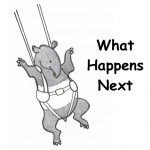 My “What Happens Next” course provides more detailed information about how to structure your stories.
My “What Happens Next” course provides more detailed information about how to structure your stories.
If you have questions about story structure, please feel free to ask them in the comments section of this post.
Happy writing:)
Dee
P.S. watch for the next writing competition opening soon

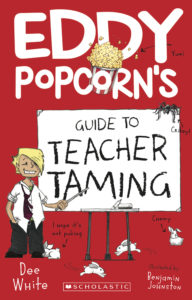
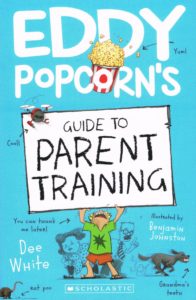
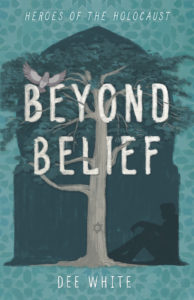
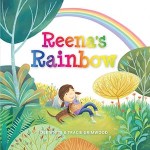
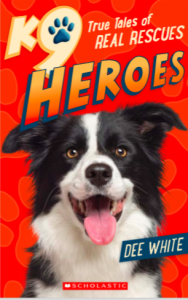
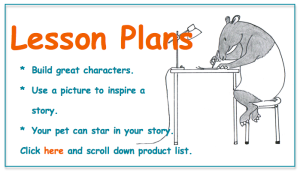
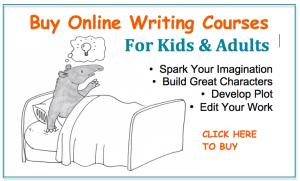
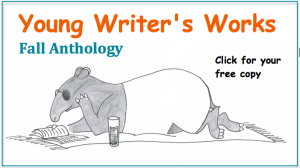
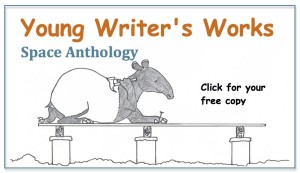
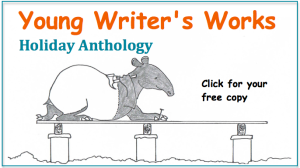
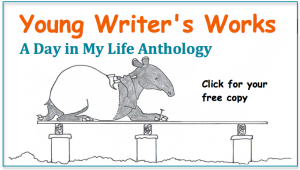
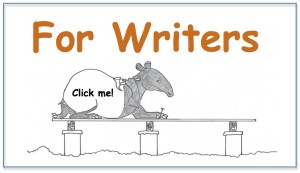
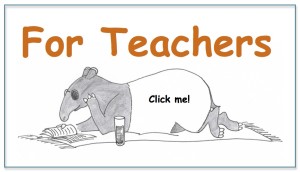

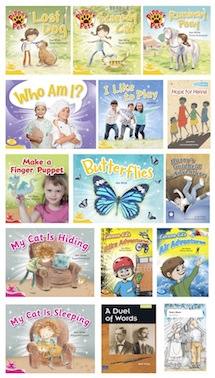
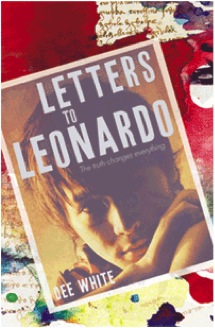


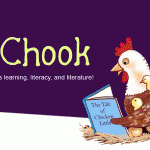
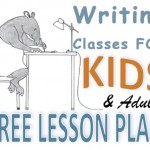
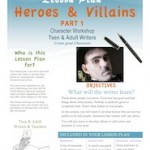
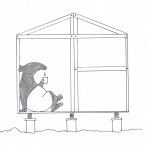


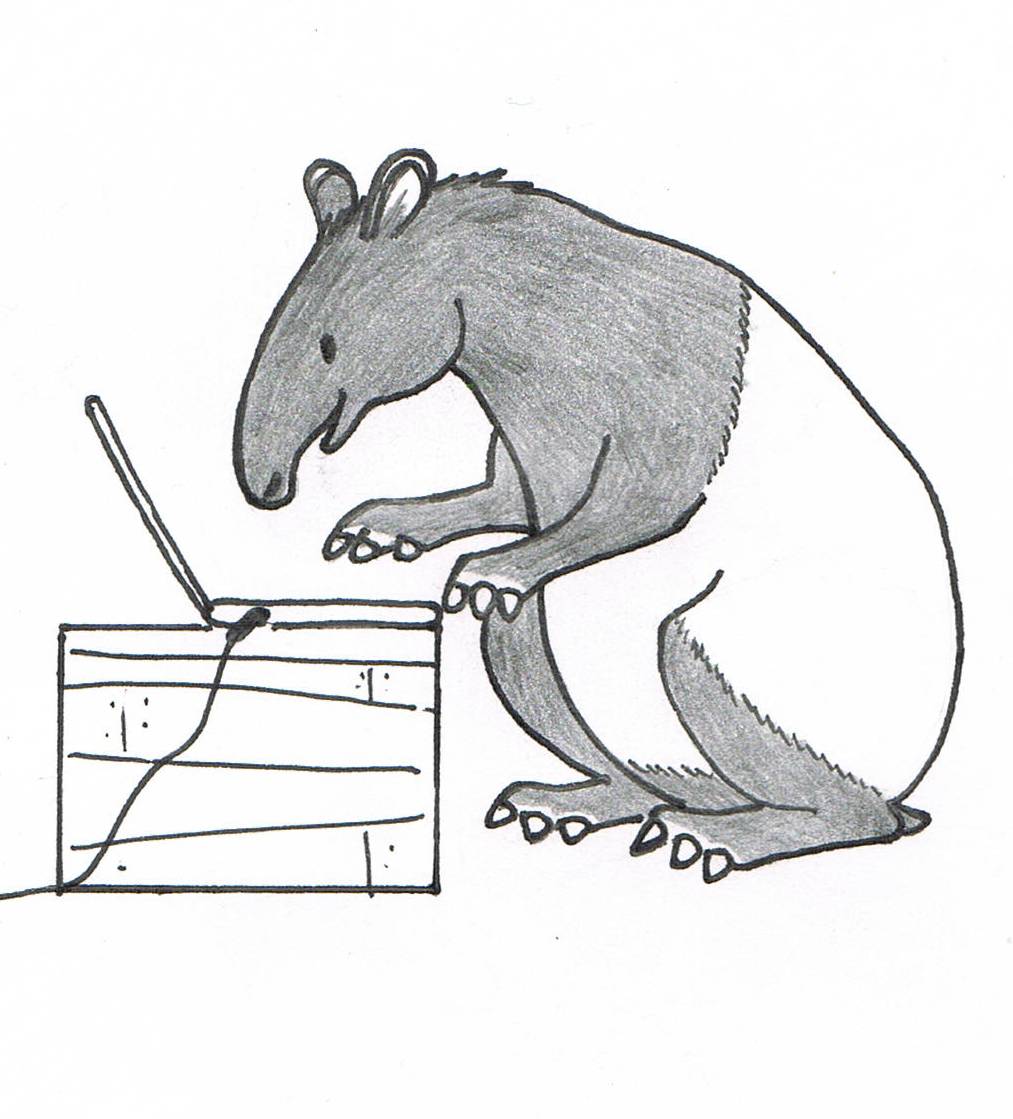
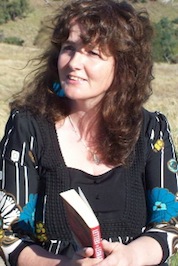
I don’t get the theme of this competition
I don’t now whether it means fall as in fall over, or, fall as in autumn.
Hi Ryleigh, It can mean whatever you want it to mean. It’s open to your interpretation so you could use either of those themes.
Good luck in the competition:)
Dee
thank you